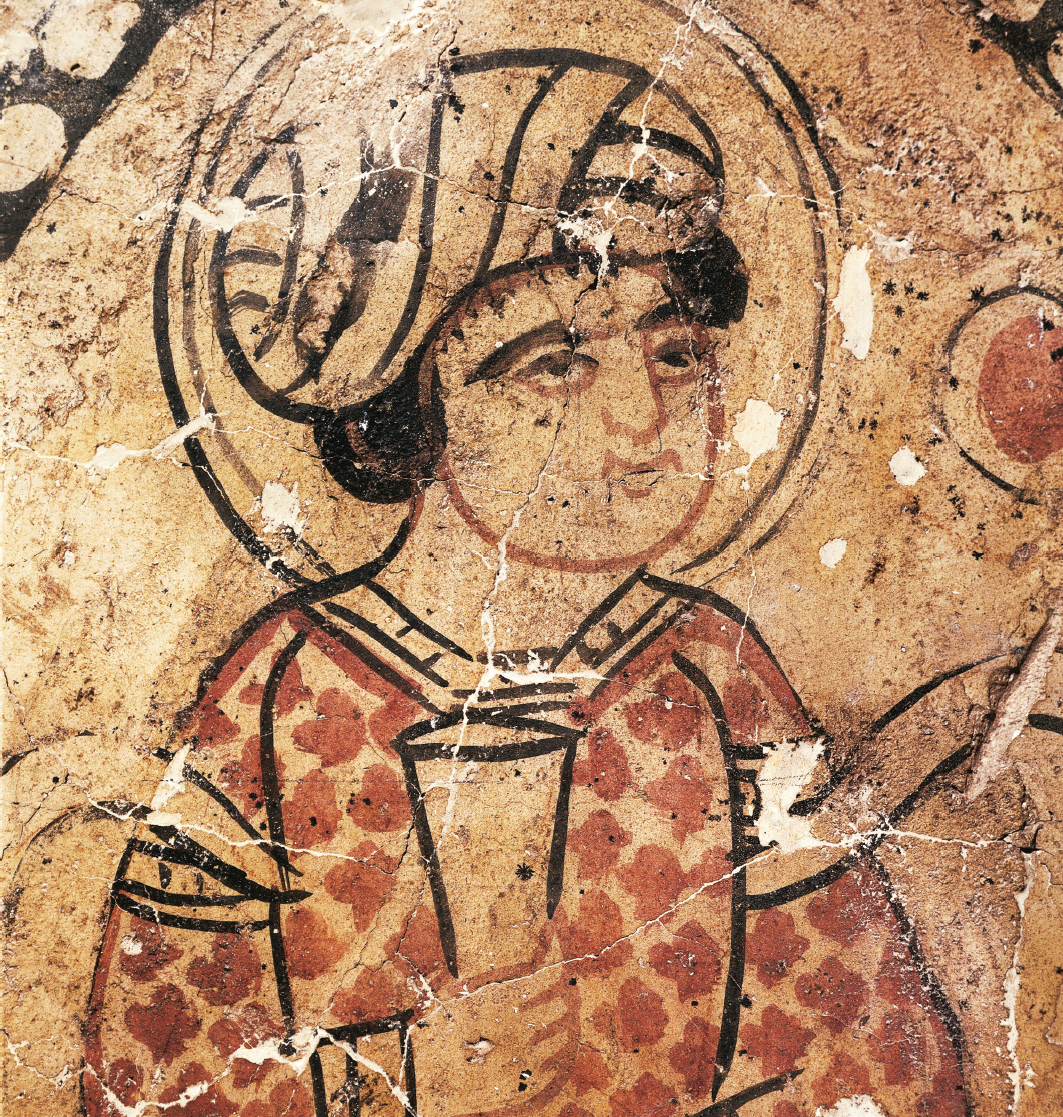Introduction for Chapter 9
9 The Islamic World 600–
> How did Islamic civilization both build on and transform earlier civilizations? Chapter 9 examines the emergence and development of Islamic civilization. Around 610 in the city of Mecca in what is now Saudi Arabia, a merchant called Muhammad had a religious vision that inspired him to preach God’s revelations. By the time he died in 632, he had many followers in Arabia, and a century later his followers controlled what is now Syria, Palestine, Egypt, Iraq, Iran, northern India, northern Africa, Spain, and southern France. Within another century Muhammad’s beliefs had been carried across Central Asia to the borders of China and India. The brilliant civilization that grew out of Muhammad’s vision profoundly influenced the development of both Eastern and Western civilizations.

LearningCurve
After reading the chapter, use LearningCurve to retain what you’ve read.
| 622 | 750– |
| Muhammad and his followers emigrate from Mecca to Medina | Abbasid caliphate |
| 632 | 762 |
| Muhammad dies; Abu Bakr becomes the first caliph | Baghdad founded by Abbasids |
| 642 | 800– |
| Muslim defeat of the Persians marks end of the Sassanid empire | Height of Muslim learning and creativity |
| 651 | 869– |
| Publication of the Qur’an | Zanj (slave) revolts |
| 661 | 950– |
| Ali assassinated; split between Shi’a and Sunnis | Entry on a large scale of Turks into the Middle East |
| 711 | 1055 |
| Muslims defeat Visigothic kingdom in Spain | Baghdad falls to Seljuk Turks |
| 722– |
1099– |
| Progressive loss of most of Spain to the Christian reconquest (reconquista) | Christian Crusaders hold Jerusalem |
| 1258 | |
| Mongols capture Baghdad and kill the last Abbasid caliph |